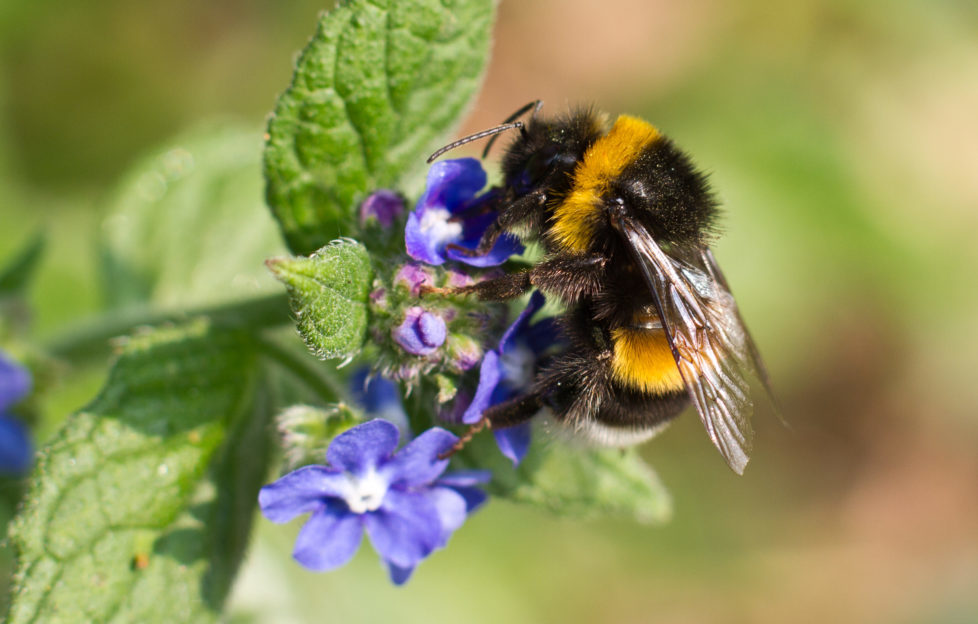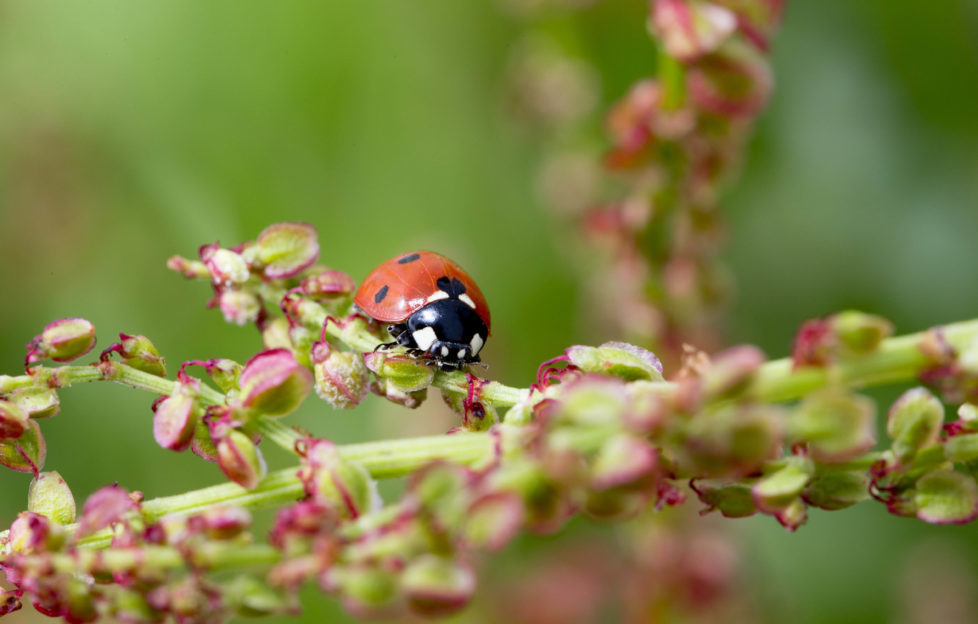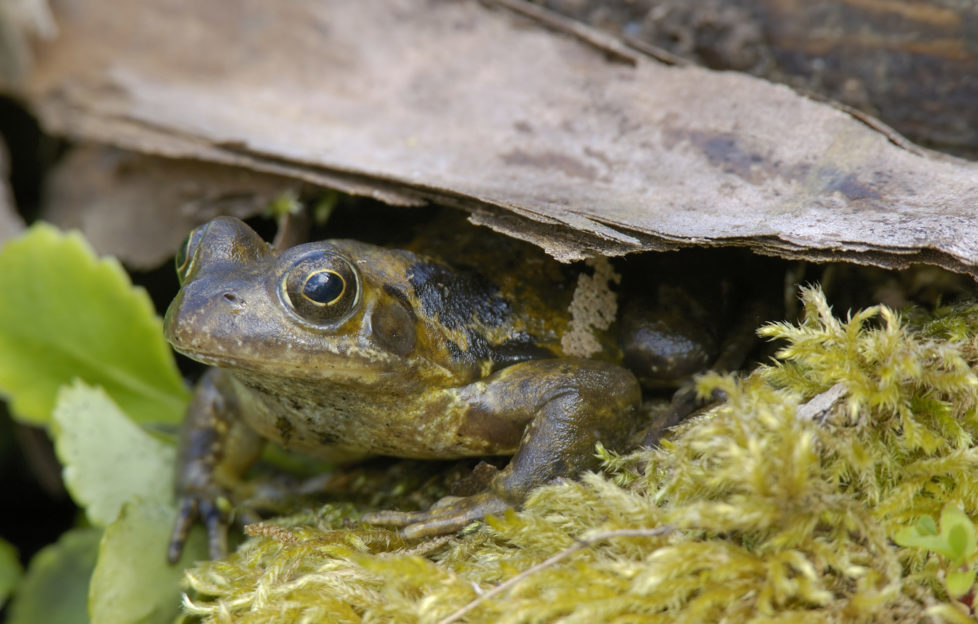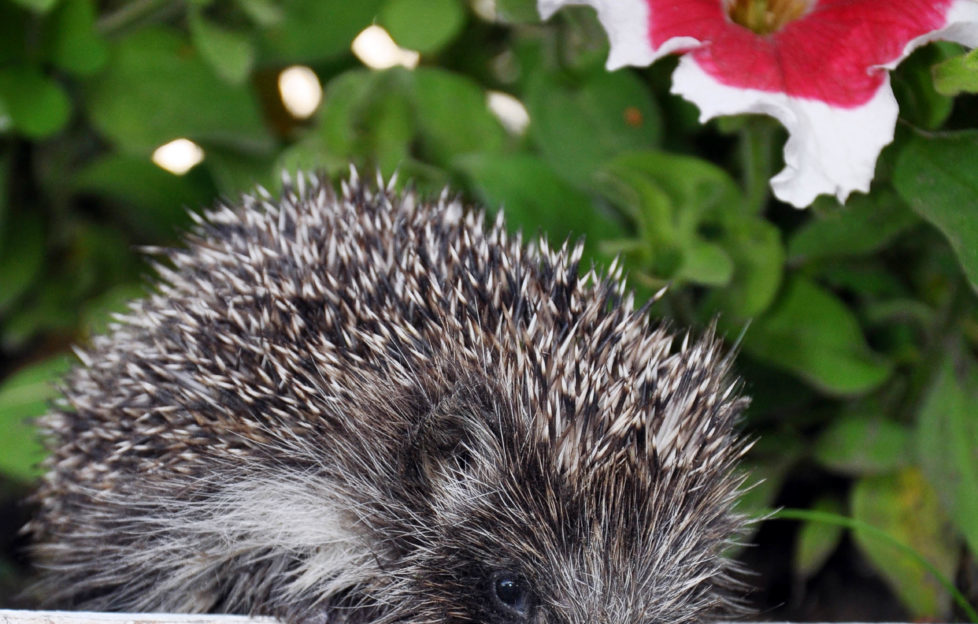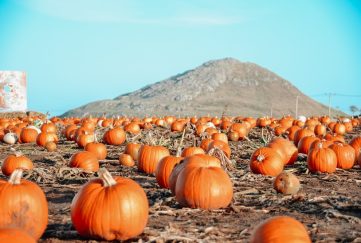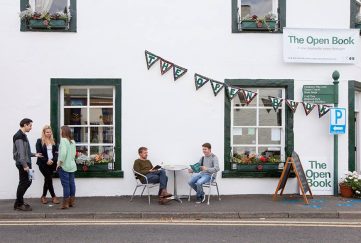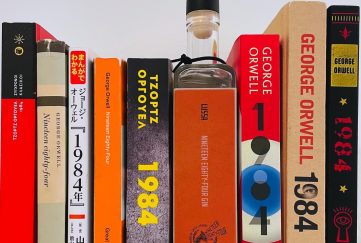Wildlife | The Bonnie Gardener
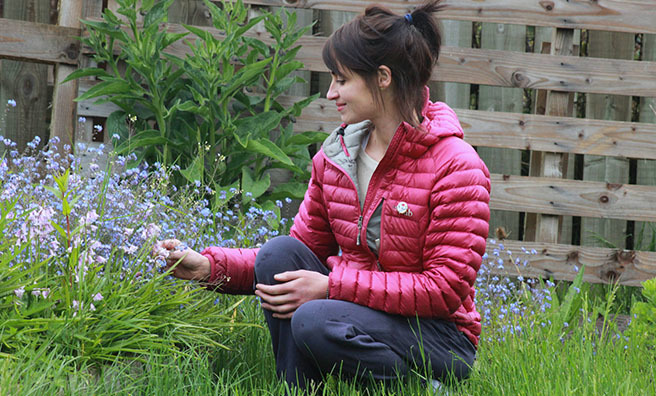
Bugs, bees and birds – Nicola has some great advice on enticing wildlife into your garden
I’m sure I’m not alone in thinking that a summer’s afternoon in the garden wouldn’t be the same without the buzz of a bumblebee, the chirp of the song thrush or the colourful flash of a butterfly.
As an avid gardener, I see it as my duty to help wildlife along whenever I can – whether that’s by offering food to the birds, providing insects with some healthy plants to live on, or creating a safe resting place for a hedgehog.
Be kind to creepy crawlies – they’re good for your garden
While I might not be the biggest fan of creepy crawlies, I came across a reassuring figure recently which outlined that the majority of the 22,400 species of insects we have in the UK are in fact beneficial to our gardens.
I now look upon our multi legged friends in a different light, and if I can encourage a ladybird or two into my allotment to eat the greenfly off my tender courgette plants then the more the merrier – it’s all part of the circle of life.
With the weather getting warmer at last, I’ve noticed a surge in one of the more favoured garden insects – the bumblebee. By the sound of things they’re now hard at work retrieving the nectar off my scented flowers and plants – they’re particular fans of lavender, sedum, nasturtiums, cosmos and cornflower, to name a few.
In the UK there’s 24 species of bumblebee but only eight are commonly found in most places, with many species in decline and under threat, including the great yellow bumblebee which is now only found on the north coast and islands in Scotland.
I find it very concerning that these wonderful insects are in decline as they have a vital role to play in producing many of the beautiful wild flowers we enjoy, as well as much of the food that we eat. Without them many of our plants wouldn’t produce seeds and a huge number of insects, birds and mammals would suffer as a result.
The good news is that we can all play a part in helping to provide habitats and food sources for our bees by growing the right kinds of flowering plants. The Bumblebee Conservation Trust has an online app which will assess how ‘bee friendly’ your garden is and will also give you a tailored list of ten flowers to grow to help the bees throughout every season.
A pond provides a drinking area for animals – as well as a home for frogs
As well as bumblebees there’s many other animals and insects that are also important for garden and plant development. The more I discover about horticulture, the more I’m eager to feed, encourage and provide a home for anything that’s beneficial to the ecosystems I grow in and around.
I built a pond at the allotment last year, and after spending a long time finding the right butyl liner and plants to put in it, it’s now a hive of activity with hundreds of tadpoles – soon to become frogs! Once they’re fully grown, I’m hoping they’ll be hungry and eager to feast on the slugs and snails which like to demolish my tender vegetables and salad leaves. That will be a big help!
As well as being a great spot for frogs, the pond also offers a drinking and bathing area for birds and other animals – all of which help to keep the natural ecosystem of the allotment in check. The way I see it is that it’s far more sustainable (and cost effective) to do it that way than to start using slug pellets which interfere with the natural environment and cause harm to other forms of wildlife.
Let nature take its own course
That being said, experience has taught me that often, the best way to encourage wildlife into an outdoor space is to let nature take its own course. A carefully sited bird box that I put up a couple of years ago still hasn’t had any residents, while the inside of my allotment shed has. And, year after year I also happen to get a rather frightening wasp bike in the shed – I don’t have the heart to get it destroyed, and it seriously impedes access to my gardening tools!
When I first started gardening, I wanted everything to look perfect and feel manicured. Now I find wild flowers, carefully ‘neglected’ corners and full and busy bird feeders much more appealing and rewarding. If the birds, bees and bugs are happy in the outdoor spaces that I’m lucky enough to have to enjoy, then I’m happy too – an added bonus is that an afternoon in the garden is never lonely for long.
Read more from Nicola here.
- Encourage bumblebees in your graden. Pics: Shutterstock
- Ladybirds keep plants healthy by eating pesky greenfly! Pic: Shutterstock
- Frogs and toads are great at keeping slugs at bay. Pic: Shutterstock
- It’s best to feed hedgehogs meat-based pet food, rather than milk or bread. Pic: Shutterstock
Nicola’s Top Tips
- An undisturbed pile of logs makes an excellent hideaway for a huge number of insects which in turn can attract birds and mammals
- Reduce the use of herbicides, fungicides and insecticides and where possible try and encourage natural enemies (biological control) into your garden
- Provide food and water for wildlife, particularly in the colder months. Use meat-based pet foods for hedgehogs rather than milk and bread.
- Longer grass is an ideal environment for egg-laying insects such as butterflies, so leave a bit of lawn untrimmed
- Birds can be fed with seeds and nuts all year round. Don’t forget to leave out a fresh supply of water for them too.
- Night-scented plants such as buddleia and evening primrose are great for moths which in turn may entice a bat or two into your garden in the summer evenings
- Some top plants for wildlife include sunflower, foxgloves, thyme, lavender, honeysuckle, rowan and purple loosestrife.


